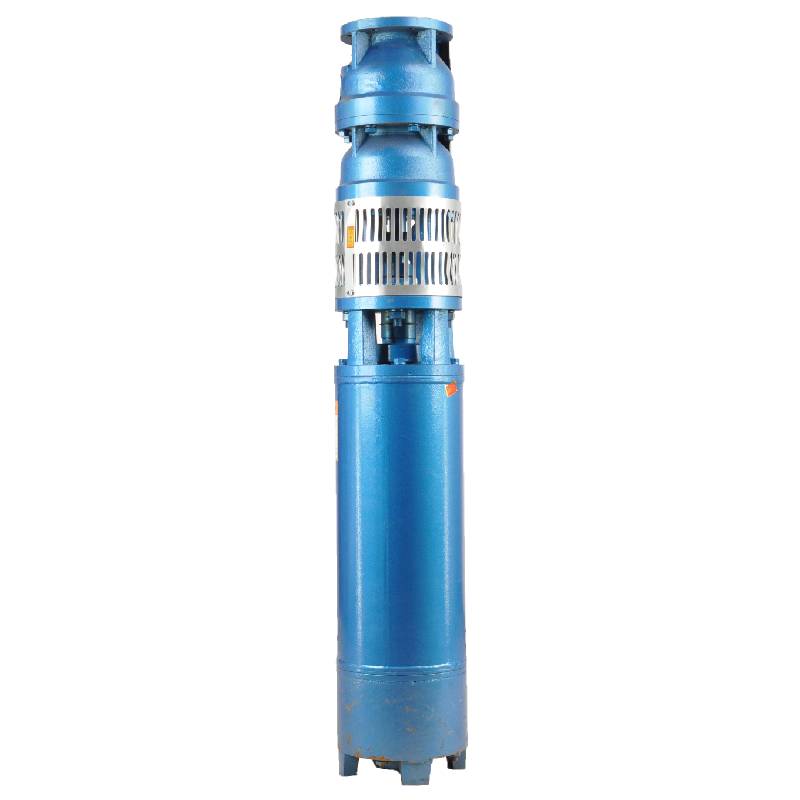Sep . 11, 2024 01:33 Back to list
submersible pressure pump
Submersible Pressure Pumps An Overview
Submersible pressure pumps are specialized devices designed to operate underwater, making them ideal for various applications requiring fluid movement from deep sources. Unlike standard pumps, which are installed above the water surface, submersible pumps are submerged entirely in the fluid they are pumping, which allows for more efficient operation and reduced risk of cavitation. These pumps play a vital role in multiple sectors, including agriculture, construction, mining, and municipal water supply systems.
One of the primary advantages of submersible pressure pumps is their ability to handle water from deep wells or reservoirs. By being submerged, these pumps eliminate the need for suction lines, reducing the chances of air leaks and ensuring steady performance. They are equipped with a sealed motor that prevents water ingress, allowing them to function efficiently even in harsh underwater environments.
The design and features of submersible pressure pumps vary significantly, depending on their specific applications
. Many models come with multiple stages, which help increase the pressure and facilitate the transportation of water over long distances. This multi-stage construction is particularly beneficial in applications such as deep well pumping, where the water source is located at considerable depths.submersible pressure pump

Submersible pumps are also known for their energy efficiency. Being placed directly in the fluid minimizes energy loss, making them an economical choice for long-term use. Furthermore, advancements in technology have led to the development of variable frequency drive (VFD) systems that enhance pump performance by adjusting the motor speed according to demand, resulting in substantial energy savings.
Maintenance of submersible pressure pumps is crucial for ensuring their longevity and operational efficiency. Regular inspections should be conducted to check for wear and tear, particularly on the impellers and seals. Additionally, sediment buildup in the pump can affect performance, so routine cleaning is essential.
In summary, submersible pressure pumps are indispensable tools in modern fluid management. Their ability to operate efficiently in submerged conditions, coupled with advancements in technology, has positioned them as the preferred choice for various industries. As water supply demands continue to rise, the significance of these pumps will only increase, underscoring the need for reliable and innovative pumping solutions. Whether for agricultural irrigation or municipal water systems, submersible pressure pumps will remain at the forefront of fluid transport technology.
-
Submersible Water Pump: The Efficient 'Power Pioneer' of the Underwater World
NewsJul.01,2025
-
Submersible Pond Pump: The Hidden Guardian of Water Landscape Ecology
NewsJul.01,2025
-
Stainless Well Pump: A Reliable and Durable Pumping Main Force
NewsJul.01,2025
-
Stainless Steel Submersible Pump: An Efficient and Versatile Tool for Underwater Operations
NewsJul.01,2025
-
Deep Well Submersible Pump: An Efficient 'Sucker' of Groundwater Sources
NewsJul.01,2025
-
Deep Water Well Pump: An Efficient 'Sucker' of Groundwater Sources
NewsJul.01,2025
-
 Submersible Water Pump: The Efficient 'Power Pioneer' of the Underwater WorldIn the field of hydraulic equipment, the Submersible Water Pump has become the core equipment for underwater operations and water resource transportation due to its unique design and excellent performance.Detail
Submersible Water Pump: The Efficient 'Power Pioneer' of the Underwater WorldIn the field of hydraulic equipment, the Submersible Water Pump has become the core equipment for underwater operations and water resource transportation due to its unique design and excellent performance.Detail -
 Submersible Pond Pump: The Hidden Guardian of Water Landscape EcologyIn courtyard landscapes, ecological ponds, and even small-scale water conservancy projects, there is a silent yet indispensable equipment - the Submersible Pond Pump.Detail
Submersible Pond Pump: The Hidden Guardian of Water Landscape EcologyIn courtyard landscapes, ecological ponds, and even small-scale water conservancy projects, there is a silent yet indispensable equipment - the Submersible Pond Pump.Detail -
 Stainless Well Pump: A Reliable and Durable Pumping Main ForceIn the field of water resource transportation, Stainless Well Pump has become the core equipment for various pumping scenarios with its excellent performance and reliable quality.Detail
Stainless Well Pump: A Reliable and Durable Pumping Main ForceIn the field of water resource transportation, Stainless Well Pump has become the core equipment for various pumping scenarios with its excellent performance and reliable quality.Detail
